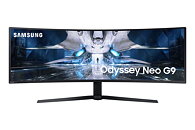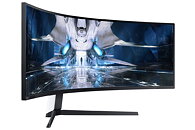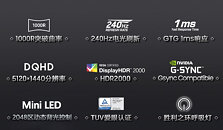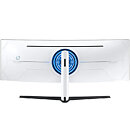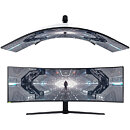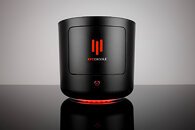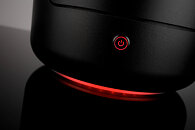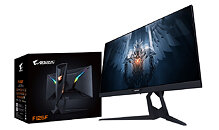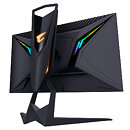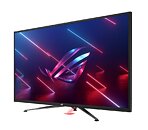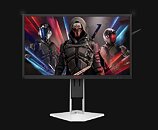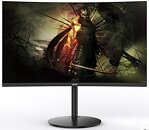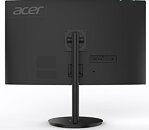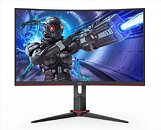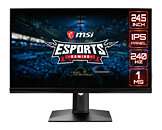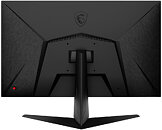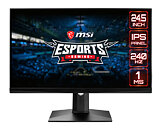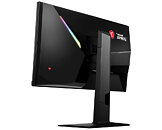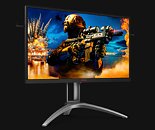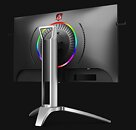
Lenovo Combines Stealth with Apex Performance in the Latest Legion 7 Series Gaming Laptops
Lenovo announced today its latest generation of stylish and savage gaming laptops: the Lenovo Legion 7i and 7 (16", 7) portable powerhouses, and the thin and light Lenovo Legion Slim 7 and 7i (16", 7) laptops. Sitting at the apex of gaming performance, the new Lenovo Legion 7i and 7 are now the world's most powerful 16-inch gaming laptops. And joining the 16-inch QHD gaming category are Lenovo Legion's thinnest and lightest gaming laptops yet - the new Lenovo Legion Slim 7i and 7 - now available in a taller 16:10 display for when productivity meets play. The new Lenovo Legion 7 series laptops exceed expectations with a number of innovation firsts that adapt to and balance the multi-dimensional needs of modern gamers and professional players. These new devices not only have the world's largest battery capacity on a 16-inch gaming laptop, they also reign as the world's first 16-inch gaming laptops with FHD webcams for better streaming, and as the first 16-inch WQXGA (2560×1600) gaming laptops. The Windows 11 laptops' minimalist design, long battery life, and whisper-quiet artificial intelligence (A.I.) tuned thermals are purpose-built for those who want performance and mobility.
"Lenovo Legion has always occupied a place at the pinnacle of gaming performance, complementing gamers' personal and professional lives to adapt to wherever they go, whether it's a tournament stadium, classroom, or boardroom," said Ouyang Jun, Lenovo's vice president and general manager of the Consumer Business Segment, Intelligent Devices Group. "More stylish and savage than ever before, Lenovo's new Legion 7 series laptops are leveling up to push the limits of smarter, high-performance gaming."
"Lenovo Legion has always occupied a place at the pinnacle of gaming performance, complementing gamers' personal and professional lives to adapt to wherever they go, whether it's a tournament stadium, classroom, or boardroom," said Ouyang Jun, Lenovo's vice president and general manager of the Consumer Business Segment, Intelligent Devices Group. "More stylish and savage than ever before, Lenovo's new Legion 7 series laptops are leveling up to push the limits of smarter, high-performance gaming."

































